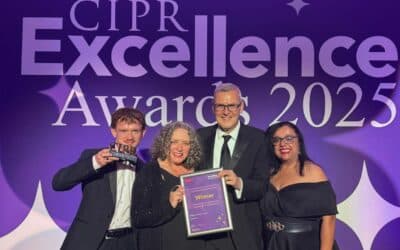Alex Swann, joint founder of specialist B2B marketing and PR agency Lesniak Swann, says that not putting the effort into social media is a huge missed opportunity for B2B organisations.
It’s not about pushing out sales-oriented and ineffectual content, posting for posting’s sake, and struggling to make things topical – it’s time review your brand’s social performance and make positive change.
The stakes have never been higher when it comes to social media. Almost 85% of B2B companies are active on social platforms, which means crucially your competitors are almost definitely plugging their products and services on it.
And despite compelling evidence of its power in influencing B2B purchasing decisions, an alarming number of companies just aren’t giving it the time or energy it deserves.
For many B2B businesses, their social presence is managed on a ‘need to do’ basis rather than as an intentional move to meet commercial objectives; partly because social media is regarded as a free marketing channel, and by proxy has limited perceived value.
However, there is a real risk for companies who don’t invest their time and money in the right way. This can be costly, both in terms of alienating existing or potential customers, which will have a direct impact on commercial performance, and damaging company reputation with misaligned and mismatched messaging.
Choosing not to put the effort into a social media strategy is a missed opportunity for B2B businesses. Using it effectively can inspire, engage, and build loyalty amongst audiences; giving brands an unfair advantage over the competition so they stand out through content that their customers want, instead of an incessant stream of bland, sales-orientated, ineffectual content.
Many B2B companies spend their time producing content that’s simply not relevant or engaging for the audience. Agencies typically charge clients based on the number of social posts they create. The result? Posts created for posts’ sake, tying in tenuous links to national events and awareness days in a vain attempt to make the posts topical.
But where is the commercial value to this activity? How does a handful of likes – often from those within the company – translate into a qualified marketing or sales lead? This is a challenge for all B2B companies, and for those with complex routes to markets and disparate audiences, the challenge is further amplified by having to create a myriad of messages for multiple audiences across concurrent channels.
Put simply, companies without a plan for how social media activity benefits their business goals are wasting valuable marketing resources.












